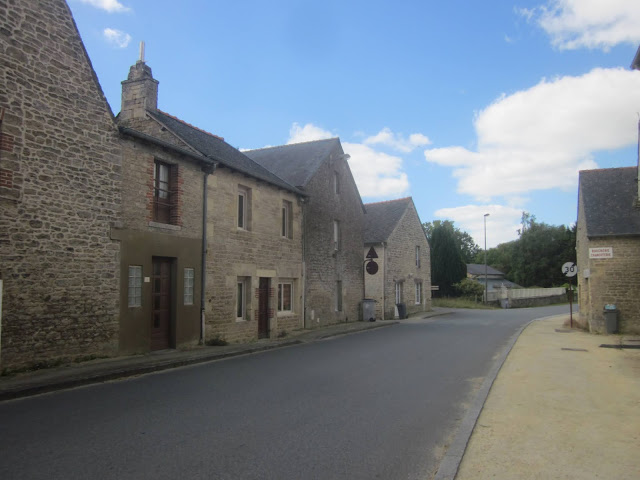But this 'Seigneur de Hac' was a tricky customer, involved in many a court case and all kinds of unsavoury behaviour like seizing rights from a senile old man and other crooked deals. He needed to keep a careful eye on security of his person and one striking piece of furniture in the chateau shows this preoccupation. An ancient oak cupboard inscribed with PAX and a cross was designed as a depository for weapons when guests entered the house. This practice also re-enforced the sense of his own importance that the stylish façade of the chateau conveyed immediately to any visitors.
Undoubted abilities as a wheeler-dealer, and perhaps the very fact that he was not himself of the highest lineage, brought him into ducal spheres after staunch military service. Jean V chose to appoint this comparative outsider as chamberlain in 1438. He eventually fell from favour for his part in the affair of Gilles de Bretagne. This prince of Brittany was brother to duke François I, but eventually taken into custody after constant and blatant intrigues with the English. He was smothered when in captivity at the chateau of La Hardouinaye, whilst under the overall care of Jean Hingant. Royal agents arrived at the Chateau de Hac in 1450 to arrest its master, but Hingant was already on the run with his son, Eustache and many dramatic brushes with the law were to follow in the next few years. He died some time between 1459 and 1465.
The area around the villages of Le Quiou and Tréfumel where the chateau is situated was once at the bottom of a sea linking what
would be the Channel and the Atlantic in the Miocene period about 15 million
years ago. This separated the ‘Ile d’Armorique’ (later western Brittany France pierre
The Maison Nature des Faluns in Tréfumel is well worth a visit, and there are extensive remains of a Roman villa near the Green Way in Le Quiou, with open access.
The Maison Nature des Faluns in Tréfumel is well worth a visit, and there are extensive remains of a Roman villa near the Green Way in Le Quiou, with open access.







No comments:
Post a Comment